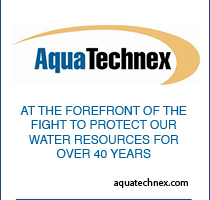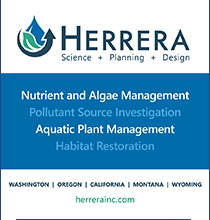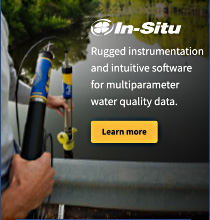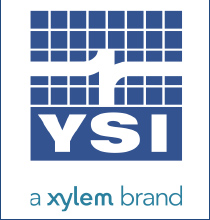Make your landscape a frog haven!
Thanks to Dominick Leskiw of Snohomish County for permission to reprint his article from the spring 2024 LakeWise newsletter
 Frogs are fascinating animals that play an important role in our ecosystems. Frogs not only eat tons of insects – including those pesky mosquitoes – but they also serve as an important food source for birds, fish, snakes, and other wildlife. Since they breathe through their skin, frogs are particularly sensitive to changes in the environment, including pollution and toxins. This makes them great “indicator species” that serve as early warning signs of negative changes in the environment.
Frogs are fascinating animals that play an important role in our ecosystems. Frogs not only eat tons of insects – including those pesky mosquitoes – but they also serve as an important food source for birds, fish, snakes, and other wildlife. Since they breathe through their skin, frogs are particularly sensitive to changes in the environment, including pollution and toxins. This makes them great “indicator species” that serve as early warning signs of negative changes in the environment.
More than 100 attend Lakeside Dialogues workshop in May!
 On May 15th, WALPA hosted its third annual Western Washington Lakes Workshop! This year’s theme was Lakeside Dialogues: A Virtual Town Hall. This free event was hosted and planned by WALPA’s Public Outreach committee as an opportunity to ask questions of your regional lake experts. Panelists included Wes Glisson and Shawn Utican from Washington Department of Ecology, Marisa Burghdoff from Snohomish County, Wafa Tafesh from King County, and Terry McNabb from Aquatechnex.
On May 15th, WALPA hosted its third annual Western Washington Lakes Workshop! This year’s theme was Lakeside Dialogues: A Virtual Town Hall. This free event was hosted and planned by WALPA’s Public Outreach committee as an opportunity to ask questions of your regional lake experts. Panelists included Wes Glisson and Shawn Utican from Washington Department of Ecology, Marisa Burghdoff from Snohomish County, Wafa Tafesh from King County, and Terry McNabb from Aquatechnex.
Ask Dr. Waterline
Save the date for the combined OLA/WALPA 2024 conference in October! Submit your abstract now!
 The Oregon Lakes Association (OLA) and Washington State Lake Protection Association (WALPA) have combined forces for our next conference at the University Place Hotel & Conference Center in Portland, Oregon on Wednesday through Friday October 9-11, 2024.
The Oregon Lakes Association (OLA) and Washington State Lake Protection Association (WALPA) have combined forces for our next conference at the University Place Hotel & Conference Center in Portland, Oregon on Wednesday through Friday October 9-11, 2024.
This year’s theme is Limnology – The Next Generation. Come learn about the many awesome advancements in lake research and management.
WALPA is part of something bigger – introducing NALMS
by Marisa Burghdoff, Snohomish County
Did you know that WALPA is an affiliate organization of the North American Lake Management Society (NALMS)? NALMS has a similar mission and purpose as WALPA but is focused on lakes across the United States, Canada, and Mexico.
Get social with WALPA!
Check us out on social media












